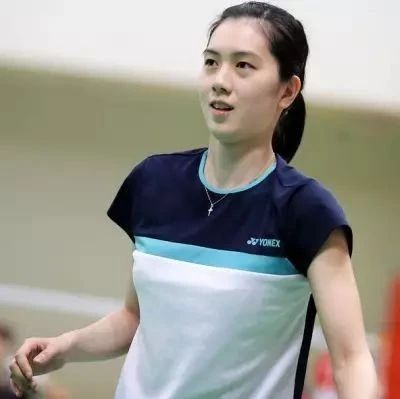Is the quality of your passing consistently low? First, check if you’re doing *this* right!
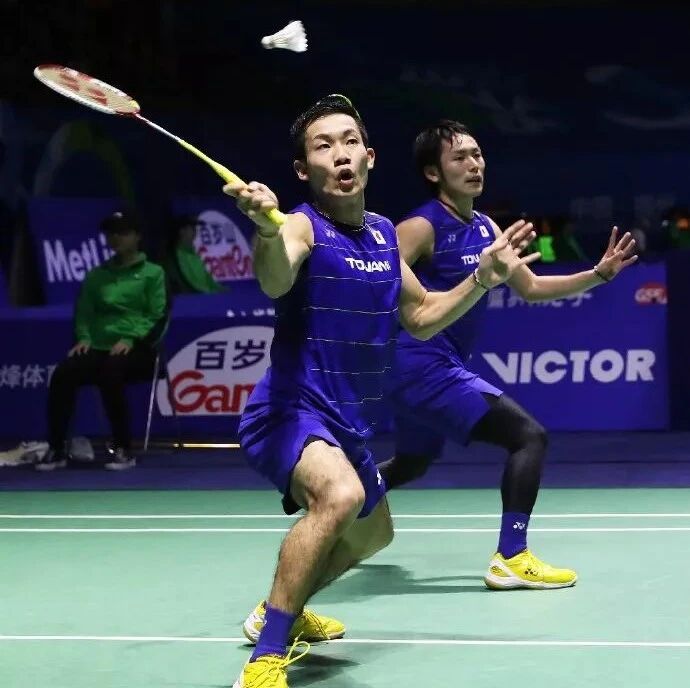
Amateur players often overlook these details, which frequently leads to shots that don’t quite meet their expectations.
To hit the desired landing spot, you must understand how different contact points affect the ball's trajectory.
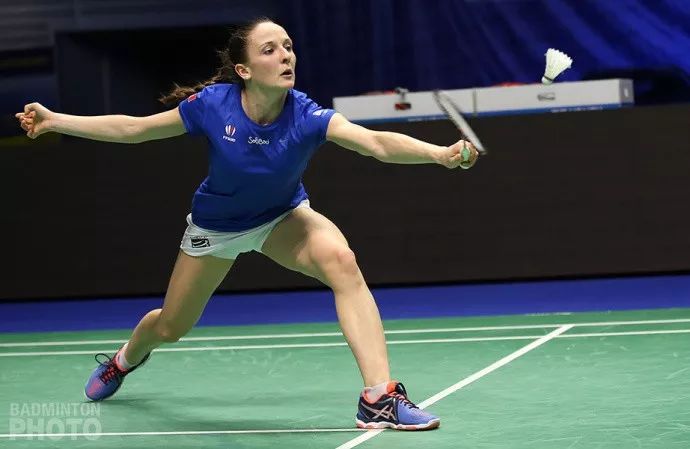
The hitting point positions are primarily categorized into several types: forward hitting point, backward hitting point, high-level hitting point, and low-level hitting point.
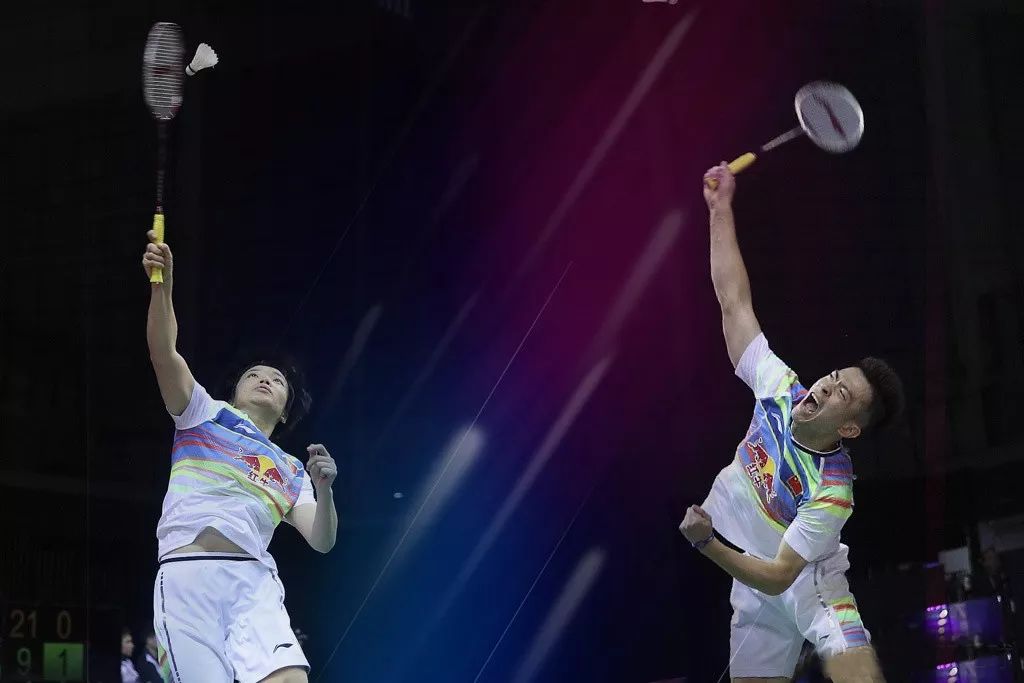
Hitting the ball with an early contact point means striking it in front of your body. This type of contact directly results in the shortest return distance, faster ball speed, greater power, more flexible shot angles, a wider hitting range, and versatile ball trajectories.
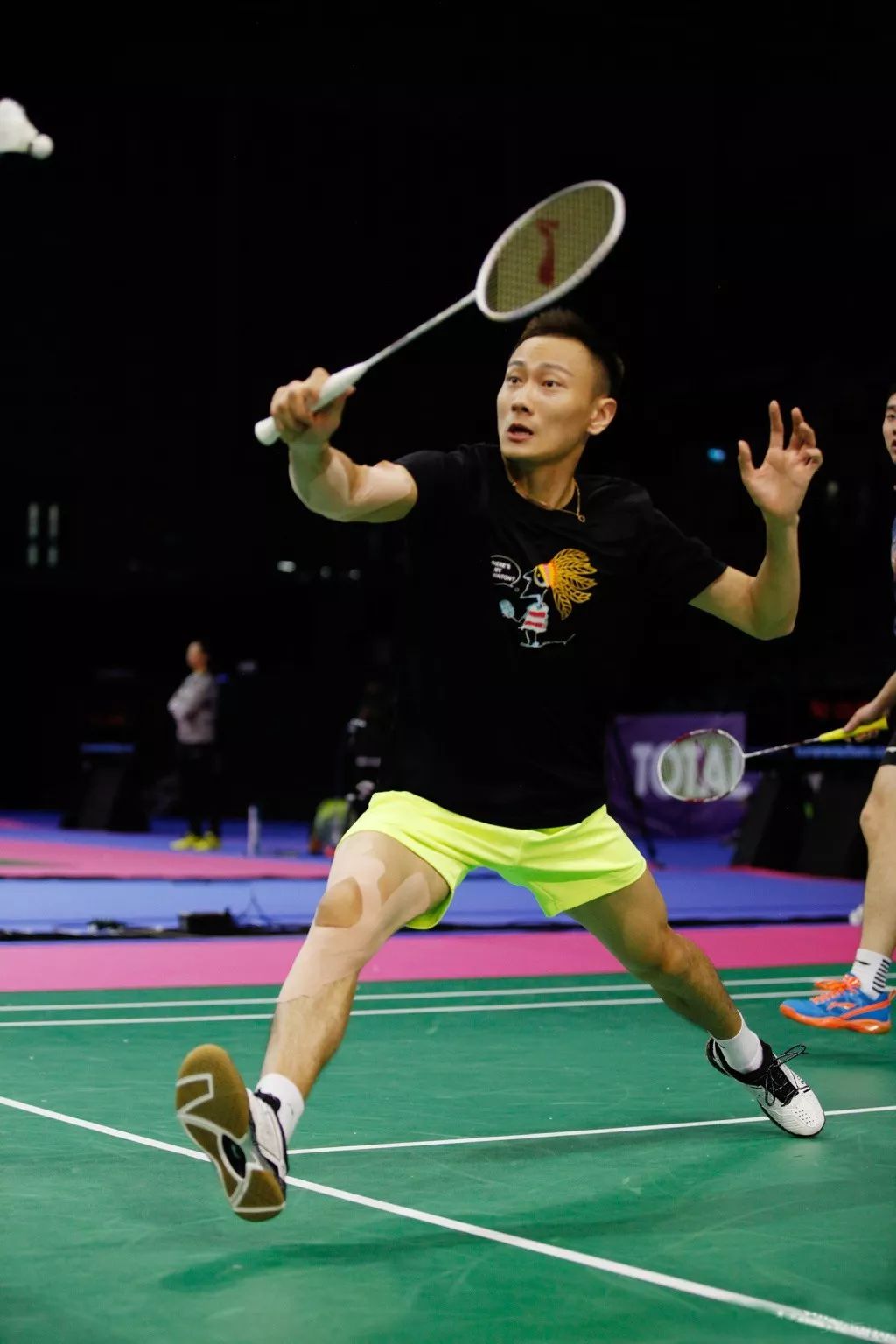
This is the proactive "meeting the ball with your swing" approach—something amateur players often struggle with, as they tend to wait until the ball has already flown right up to them before hitting it. Unfortunately, this habit frequently causes them to miss the optimal contact point.
The hitting point is too far back—meaning the point of contact has moved behind your body.
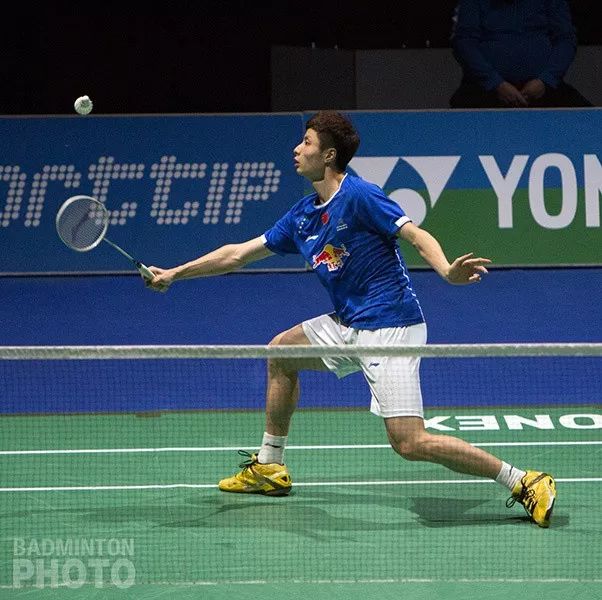
This type of shot feels like reaching out to "grab" the ball. It falls under the category of a "passive hitting" technique, where the angle of impact is limited, making it difficult to generate full power. As a result, the rhythm slows down, ultimately compromising the quality of the shot.
A high hitting point refers to the spot where the ball is struck—positioned directly in front of and slightly above your body.
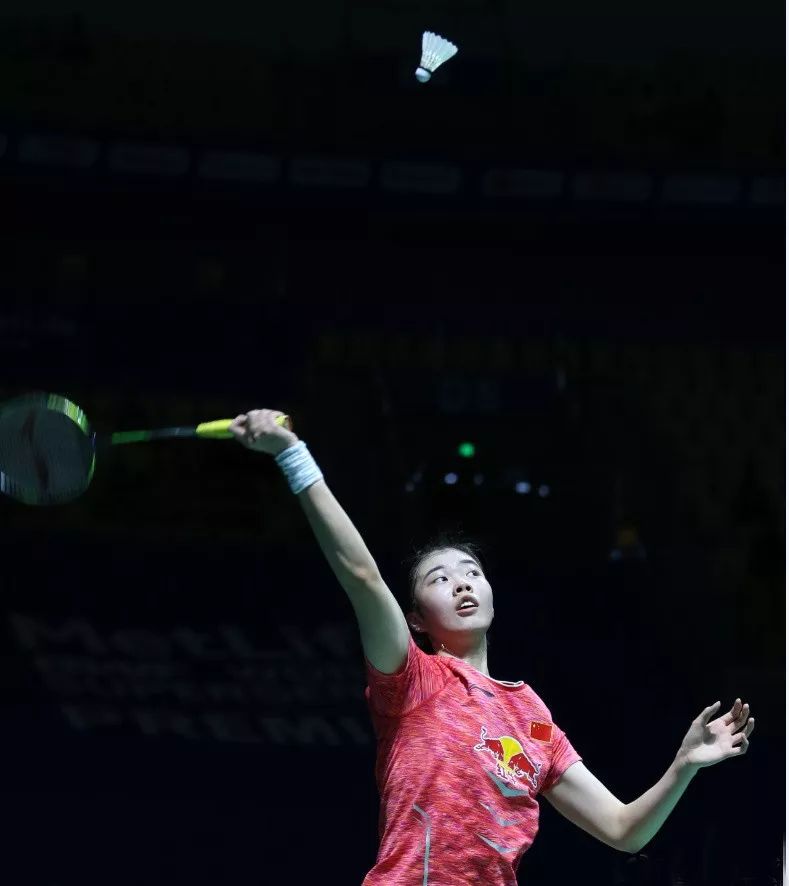
It falls under "aggressive hitting," featuring flexible shot angles, diverse directional changes, and significant threat. Examples include smashes from the backcourt, drop shots, as well as net rushes and defensive net blocks—where the hitting point is high and descending. After clearing the net, the ball travels at a nearly vertical angle, forcing opponents to react passively by lifting their shots upward from below.
A low hitting point—meaning the ball is struck below the waist and abdomen—is typically a "passive stroke."
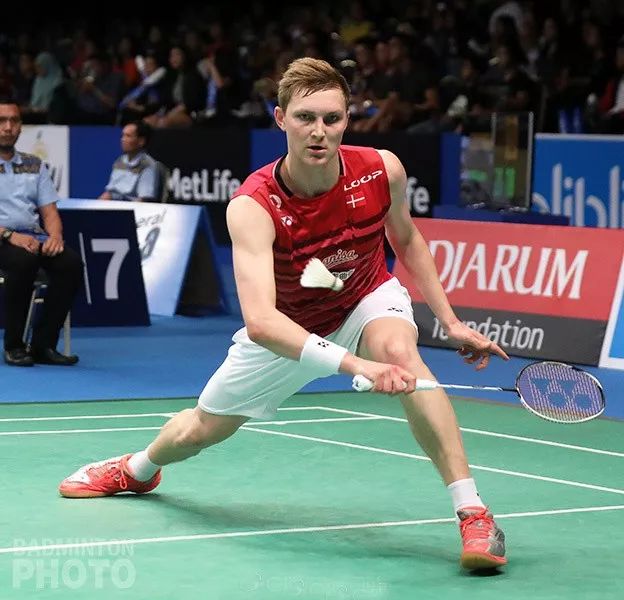
The hitting point is either too close to the body—like with a follow-through shot—or too close to the ground, such as in a low-hand position. As a result, the ball’s trajectory is limited, forcing players to hit only high-arcing shots upward.
Another situation occurs when players deliberately lower their hitting point at the net to deceive their opponents by exploiting the height difference. Typically, they position themselves near the net early on, and as the opponent moves forward toward the net, the player strikes the ball in the opposite direction of the opponent’s movement—a highly advanced technique.
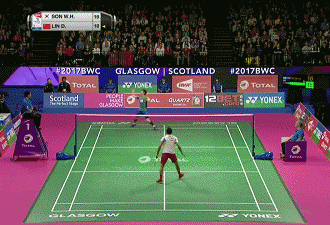
Lin Dan's classic moves
Factors affecting the "batting point":
01. Judgment and Startup
Accurate judgment and quick reaction time are essential prerequisites for hitting the ball at the optimal point. In sports, striving for precise judgment and rapid initiation creates the ideal conditions for swift footwork and dynamic movement.
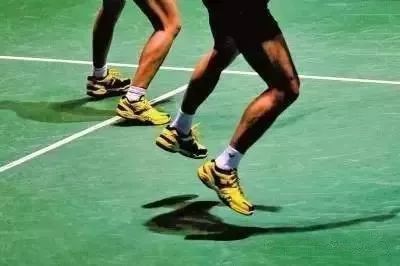
02. Footwork Movement
The speed and range of footwork are fundamental to achieving the optimal hitting point.
With accurate judgment and quick footwork, combined with wide-ranging movement patterns, you can position your body in place before the ball starts to drop—enabling you to reach a favorable, proactive hitting point.
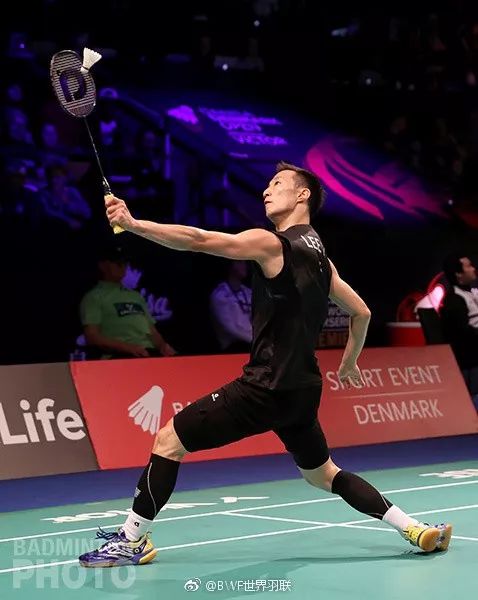
03. The Speed of Your Actions
Once you reach the hitting position, you should time your swing properly to execute the shot.
If you initiate the swing quickly (meaning you start your backswing early), strike the ball at a high point, generate full power, and take control of the shot, the results will be excellent.
If your takeaway is slow (meaning you start the backswing late), the hitting point is low, your power generation is insufficient, resulting in a slower ball speed and poor shot quality.
However, it's also important to note that if you start your swing too early—before the ball has even begun its downward motion—you'll likely miss the sweet spot.
Taking the backhand stroke as an example, the ideal timing for initiating the swing is when the ball has just started to drop after bouncing.
This way, as the shuttlecock descends to the optimal hitting point, your arm swings perfectly to strike the base of the shuttlecock, generating the most effective power.
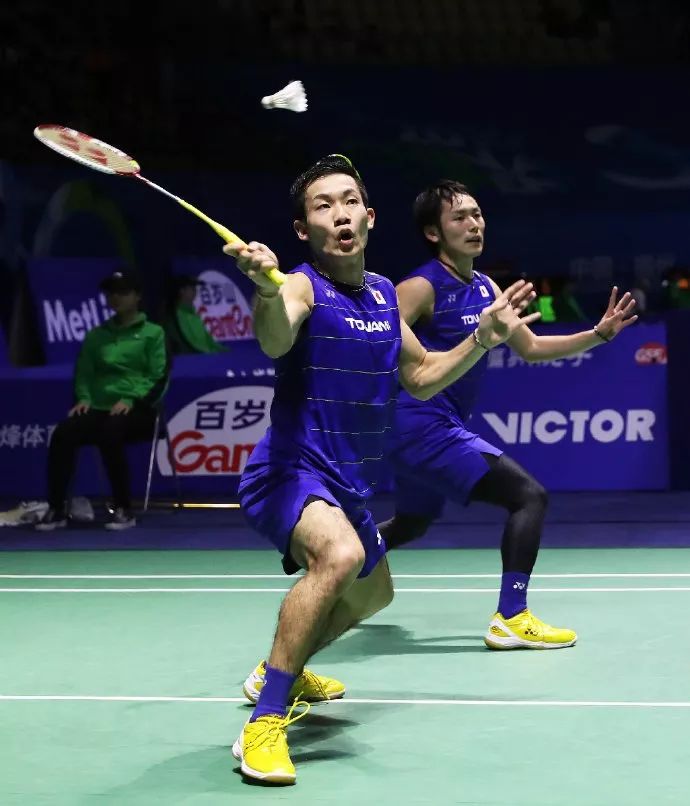
04. Racket Leading and Arm Swing Speed
The speed of the swing during the takeaway also influences whether you can achieve the optimal hitting point.
With swift, powerful arm movements, players often achieve optimal timing and spacing for the swing, delivering clean and precise hits.
Slow arm swings and a lack of explosive power often cause players to miss the optimal hitting point, ultimately affecting the quality of their shots.


Related Articles

Cute! China's national badminton player Zheng Swei's son confidently faces the camera, while Huang Yaqiong holds him close, beaming with joy.
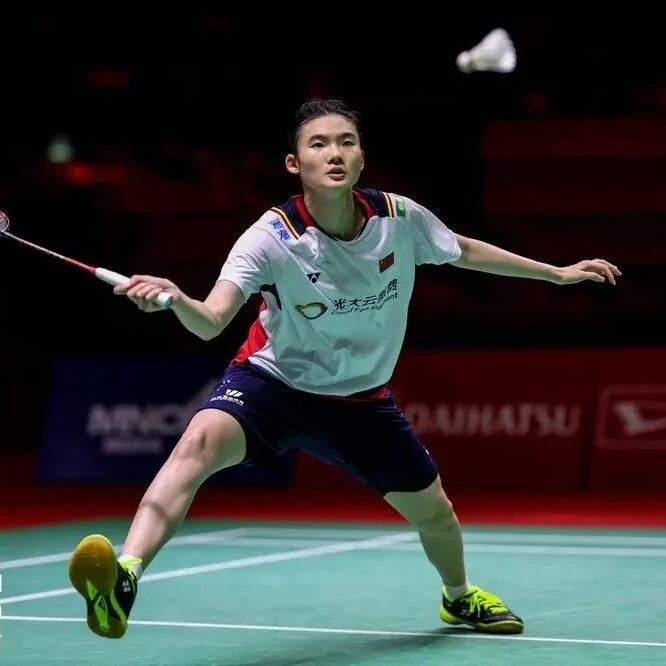
The Chinese badminton team swiftly moves on to the Thailand Masters tournament.
